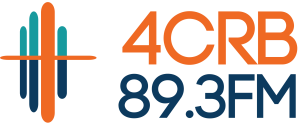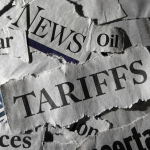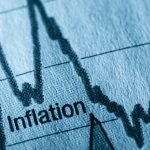The Melbourne Cup has been run and I can confirm zero success on any of the four horses I put money on. This year we were provided access to tips from gentlemen who live and breathe horse racing and…. we will now return to our usual name, horse colour and dart solutions. While we appreciate the tips, the variables in horse racing, especially when every horse in the race is trying to win it, seem way harder than getting wealthier the old-fashioned way – saving and investing.
To those who did win, congratulations and we hope you celebrated appropriately.
Having demonstrated very little skill in gambling we have returned to something we do understand, but still can be very fickle, investment markets.
Interest rates
As expected, Michele Bullock – the new Reserve Bank of Australia (RBA) Governor – has raised the cash rate from 4.10% to 4.35%. Usually rate rises are hard to predict but this one was driven by transition as well as underlying factors.
Philip Lowe, the retiring RBA Governor, finished his tenure on 17 September 2023. It was very unlikely in the month before his retirement that he would raise rates and equally it was very unlikely that Ms Bullock would raise them in her first month.
This most recent rate rise is driven by the economy, both here and overseas, being far more resilient than many forecasters believed.
The general consensus was that the US would be heading for a recession by the end of the year but jobs growth is telling a far different story.
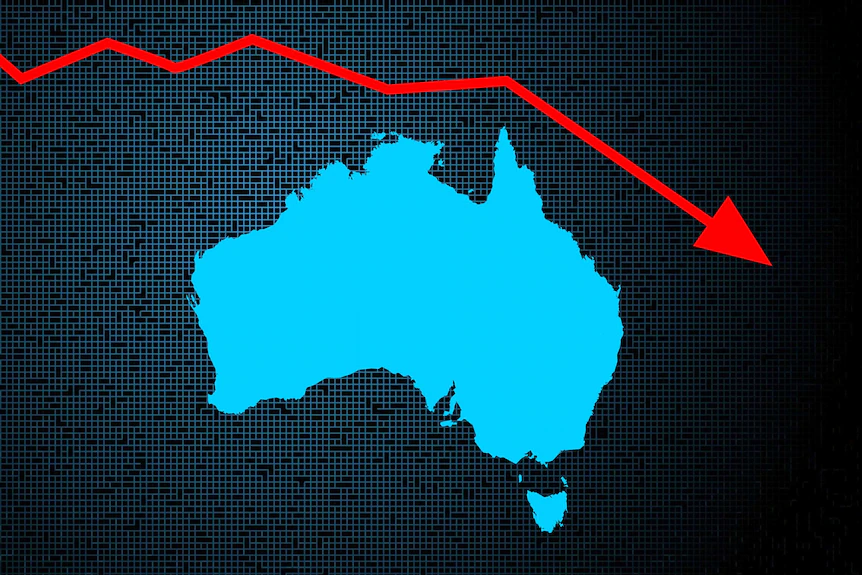
It might still feel like a recession?
Here in Australia, we have added 563,200 people to the population in the twelve months to March 2023, lifting our population to 26.5 million. 454,440 or 81% of those additions were from net migration, the balance is the net birth rate. ABS Population Statistics.
As mentioned previously without migration we would have negative population growth as our average birth rate is now below 2.1 per woman. We are actually at 1.58 births per woman which means we are well past the inflection point. Our home-grown Australian population is getting smaller.
Despite that population growth our unemployment rate remains low at 3.7% (July 2023) and the participation rate (the percentage of the workforce between ages 15-64, both male and female) is very high at 80.6%. Not everyone is fully employed but as a reference, the participation rate in 1983 (40 years ago) was 62%. Aust Gov Employment Statistics
Now, new arrivals may not be fully included in these numbers as eligibility for unemployment benefits for a new entrant is restricted. Most immigrants (from 1 January 2019) have to wait 4 years (208 weeks) before they can apply for Jobseeker and applying for benefits is key data the ABS uses in measuring unemployment.
Those immigrants are buying or renting homes, getting their children into schools, buying cars, setting up businesses, buying groceries and paying for services.
This helps the economy and has kept Australia out of recession but that is from a helicopter point of view. How could it be affecting individual Australians?
Back in the early 2010’s we were talking about two speed economies. Mining was booming and therefore Gross Domestic Product (GDP) was positive but anyone not in the mining industry felt like they were in recession.
There is a concern in this cycle that immigration is driving positive GDP but many Australians will have ‘personal’ recessions.
This will mean a loss of wealth, already seen through 2022 (though we are still the fifth richest country per capita in the world) and a reduced standard of living. This is usually reflected in reduced spending on holidays and entertainment to meet increased household bills and changes in spending behaviour on luxury goods and services.
Eventually this can lead to increased unemployment as that reduced spending impacts retail and service providers.
Currently immigration, counterintuitively, may be holding employment up?
Cost of Living!
Energy costs, fuel and wages growth plus a depreciating currency has made a lot of things more expensive in Australia.
On the 27 January 2023 (12 month high) the Australian Dollar (AUD) was worth 72 US cents. On 9 November 2023 it was worth 64 cents. That is more than an 11% drop which makes everything we import more expensive.
Add what we call ‘shelter’ costs – rent and mortgage payments – and you would expect the Australian consumer to be curled in a ball in a cupboard somewhere?
This hasn’t happened …yet.
Interest Rates from here
The standard line is now ‘higher for longer’ which has probably been our base case for the last twelve months. Inflation is a major building block of interest rates and the quarterly numbers are still higher that the RBA would prefer. The September quarterly number was 1.2%. Cumulatively that has now been 5.4% over the last twelve months.
For the quarter the big increases were:
- Fuel up 7.2%;
- Rent up 2.2%;
- Property valuations 1.3%; and
- Electricity up 4.2%.ABS Consumer Price Index Sep 2023
Ms Bullock and the RBA would be described as ‘reluctant’ rate risers. They know that cost of living pressures are biting and Australian households are burning through their savings. The risk they are trying to avoid is increasing too aggressively and pushing Australia into a recession.
Additionally, while the weaker currency is increasing the cost of imported goods, it is helping our exports, especially agriculture.
The US cash rate is at 5.5% (substantially higher than our 4.35%) and that has strengthened their currency against most of their trading partners. That is unusual as Australian rates are usually higher than the US as we need higher rates to attract investment.
As we are running federal government surpluses – thanks to windfall tax gains on iron ore and coal – we do not need to borrow to cover federal government spending. The US is forecast to have an ‘eye watering’ deficit of US$2 trillion for the 2023 year so need to attract lenders. To put that in perspective, the accumulated Australian Federal Government debt at May 2023 was $897 billion. US Federal Debt 2023 Fiscal year.
If Australia raises it rates it will become increasingly attractive to offshore investors. We are only one of eleven countries in the world with a AAA credit rating and there is an enormous amount of money that moves around the world chasing rate every day.
It is hard to get up to date figures, but in 2020, the total value of shares traded around the globe was approximately US$81.8 trillion. That isn’t the value of the share market, that is the value of shares sold and bought throughout the year. The average DAILY trading volume was approximately US$327 billion around the globe each trading day.
That sounds like a lot until we talk the ‘International Money Market’. DAILY trading volumes for the money market surpasses US$5 trillion a day. US$1,250 trillion a year!
Of the eleven AAA rated countries, Canada has the highest cash rate compared to the US, at 5.0%. Finland, Germany, Luxemburg and Netherlands are at 4.5%, Australia at 4.35%, then Norway 4.25%, Singapore and Sweden at 4.0%, Denmark at 3.6% and Switzerland well below the other AAA rated countries at 1.70%.
Money markets can move currencies and our RBA is trying to balance prudently slowing the economy without a recession and keeping well below the US rate. Problematically the US Government debt has just been downgraded by Moody’s from ‘stable’ to ‘negative’ (11 Nov 2023) so Australia may well experience pressure on our currency anyway.
There may be one more rate rise in December 2023, despite the RBAs’ hesitancy. It wouldn’t be that surprising if we saw our rates move to 4.5% as its peak.
Government spending and Inflation
The government is also a cause of inflation as they are spending even more than the extraordinary measures that we saw during Covid.
Prior to the pandemic, the 2019_20 federal government expenditure was forecast to be $500.9 billion against revenues of $513.8 billion.
By May 2020 Covid 19 had arrived and that budgeted expenditure blew out to $578.5 billion. 2021 Financial Year (FY) was $651.9 billion and 22FY was $623 billion as the Morrison government tried to rein in the Covid excesses. The Albanese/Chalmers first budget pushed spending back up to $644.8bill. The current forecast for the 24FY is $684.1 bill of expenditure. As I mentioned back in May, normal growth in government expenditure should have seen expenses for the 24 FY at around $560 billion.
All that additional spending is putting pressure on resources. Small businesses can’t offer staff 17.5% pay rises and 12% superannuation guarantee contributions as some of our public service colleagues have recently enjoyed?
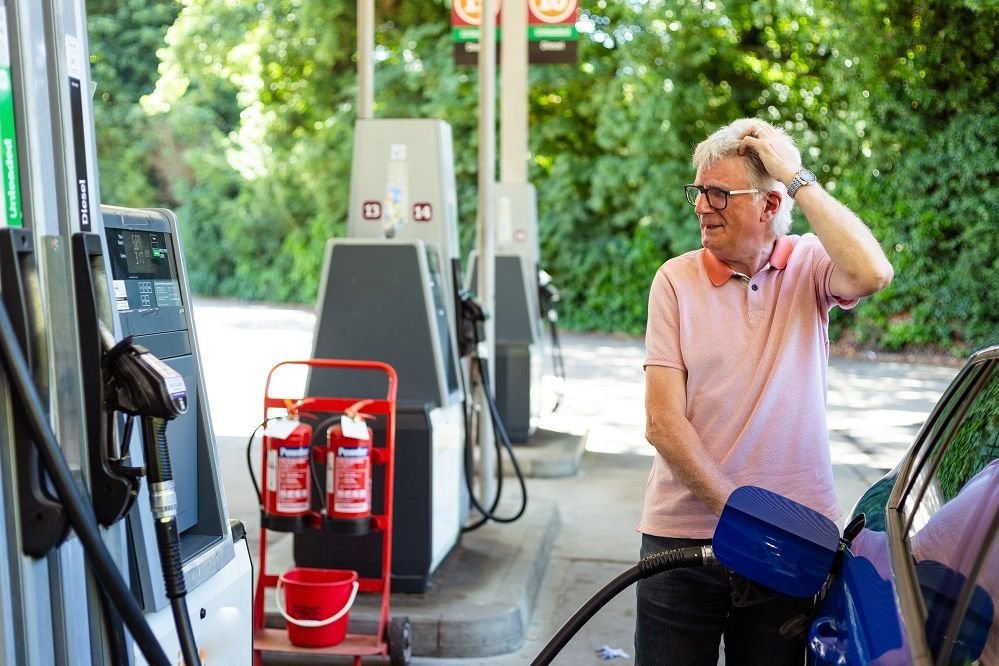
Fuel and energy-driven inflation
The fuel cost increase has seen calls for the Albanese government to reduce the Federal Fuel Excise – currently 48.8 cents per litre and is increased each February and August based on the CPI. In theory this tax is meant to be reinvested in road improvements but we have just seen $33 billion of infrastructure projects cancelled which included Queensland Roads so a substantial portion of the $13.7 billion the government collects from this tax might end up in ‘other’ pet projects?
The Morrison government reduced this tax during Covid but it was always a temporary suspension. The quandary for the Albanese government is that reducing fuel costs is a very positive stimulus for the economy and their challenge is they need to slow consumer spending – not increase it.
The government push for wind and solar infrastructure has also put pressure on builders and building materials and increases in unemployment benefits has been see as taking unskilled labour off the market.
The governments carbon dioxide emissions targets would be easier if we weren’t adding 2% more new Australians to the mix every year and despite that Australian emissions are down 24.7% since June 2005.
The true cost of the infrastructure we need to build verses using existing networks is coming to light and the current forecast is $1.5 trillion. Nuclear verses Renewables costings IPA Any discussion of nuclear, which is arguably the cleanest form of energy when considering CO2 and a large part of the energy mix, in any countries most of us visit is still off the table. Nuclear could use existing coal powered sites and the existing infrastructure to transmit energy. This would reduce the contentious issues such as building wind farms in whale migration routes and North Queensland’s tropical rainforests and transmission lines through prime agricultural land. (https://www.rainforestreserves.org.au/keep-chalumbin-wild )
The simplest solution, in my opinion, would be for the government to remove its nuclear embargo – put in place by the Howard government in 1998 (to appease the Greens and get the Lucas Heights reactor for radiation treatment up) – and see if private enterprise wants to invest in it. Currently Australian tax payers are footing the cost of the infrastructure build so this would have the added benefit of removing that cost from the budget as well as training a generation on solutions that will most likely drive energy needs into the future.
The counter argument is that it will take ten years to get a nuclear program up in Australia however that timeline is not that different from the build we would need for renewable solutions with a much shorter shelf life.
Bringing 2023 to a close
I have largely talked domestic issues in this blog and of course there is a lot going on in the world.
Despite the ongoing hostilities and tragedies in the northern hemisphere, markets have been resilient and despite the volatility have recovered well to 14 November when finalising this article.
There are definitely economic headwinds, and a lot of 2024 will be about the US managing its debt and China trying to re-emerge as a global economic power. The US, of course, has an election next year.
This doesn’t mean investment markets cannot surprise on the upside and as we talked last month, investments are now being driven by fundamentals like profit growth and product innovation. It will be about supporting quality opportunities and there will be many of those.
As always, if you have any concerns, please do not hesitate to contact us.
Best Regards,
Paul and the RFS Advice team.

